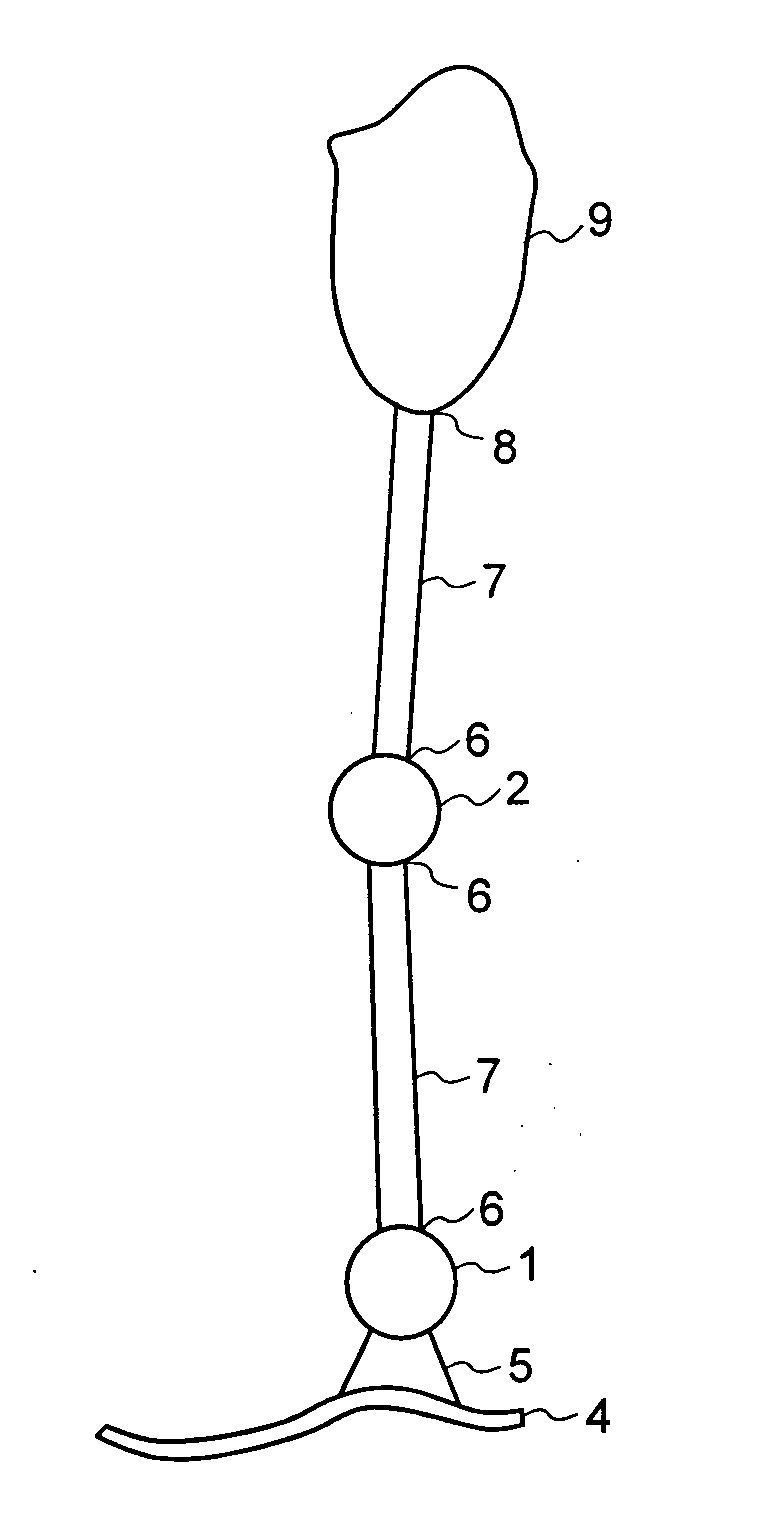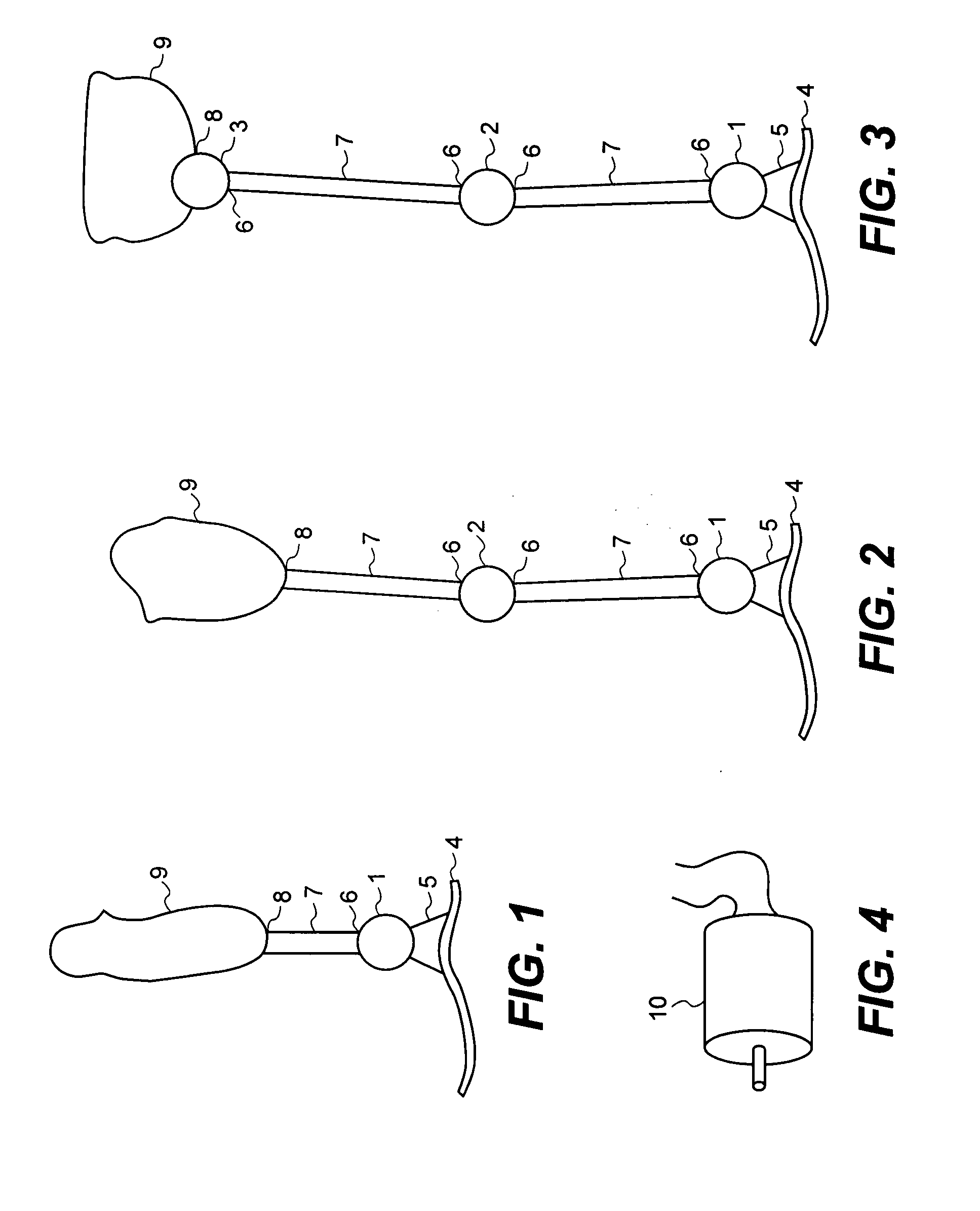Passive electro-magnetically damped joint
a passive electromagnetic and electromagnetic technology, applied in the field of prosthetics and orthotics, can solve the problems of limited ability to control prosthetics and orthotics joints in a suitable manner for practical clinical application, system is often heavy, bulky, expensive, etc., and achieves the effect of improving cosmetic appearan
- Summary
- Abstract
- Description
- Claims
- Application Information
AI Technical Summary
Benefits of technology
Problems solved by technology
Method used
Image
Examples
Embodiment Construction
[0068]In a preferred embodiment, the current invention may include the following although it is contemplated that combinations may be utilized to provide a electro-magnetically damped joint design, apparatus, method, and so forth as generally referred to in the application and illustrations described below. It is further contemplated the joint or joint system may be passive, non passive or combinations thereof.
[0069]The current invention joint or joint system may be used as a joint in any type of lower or upper extremity external prosthesis or orthosis (Partial Foot, Symes, Below Knee, Knee Disarticulation, Above Knee, Hip Disarticulation, Hemi-Pelvectomy, Ankle Foot Orthosis—AFO, Knee Orthois—KO, Ankle Foot Knee Orthosis AFKO, etc). The invention may be used as a forefoot joint, ankle joint, knee joint, and / or hip joint, and / or any combination of joints, including upper extremity joints—for joint replacement or joint augmentation.
[0070]It is further contemplated the current inventi...
PUM
 Login to View More
Login to View More Abstract
Description
Claims
Application Information
 Login to View More
Login to View More - R&D
- Intellectual Property
- Life Sciences
- Materials
- Tech Scout
- Unparalleled Data Quality
- Higher Quality Content
- 60% Fewer Hallucinations
Browse by: Latest US Patents, China's latest patents, Technical Efficacy Thesaurus, Application Domain, Technology Topic, Popular Technical Reports.
© 2025 PatSnap. All rights reserved.Legal|Privacy policy|Modern Slavery Act Transparency Statement|Sitemap|About US| Contact US: help@patsnap.com



